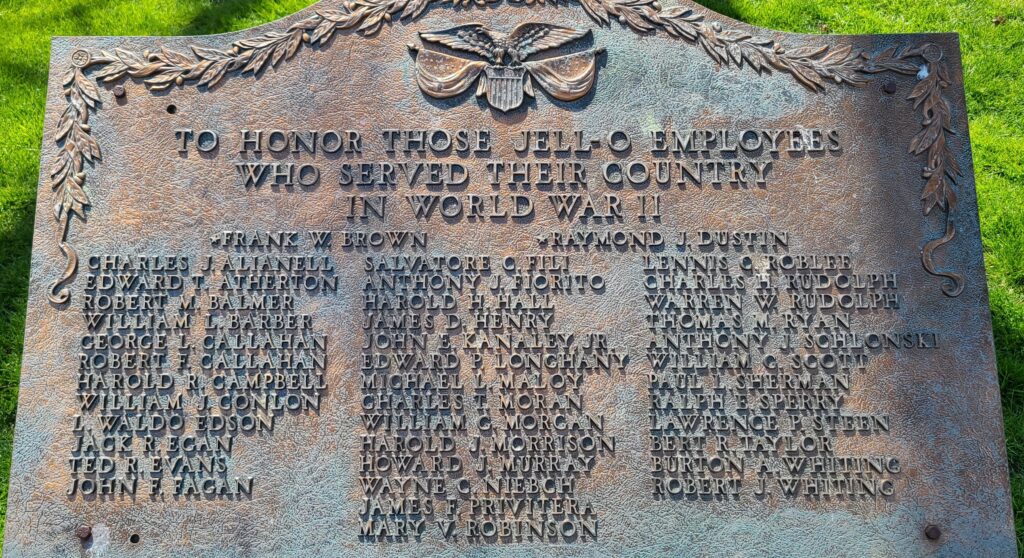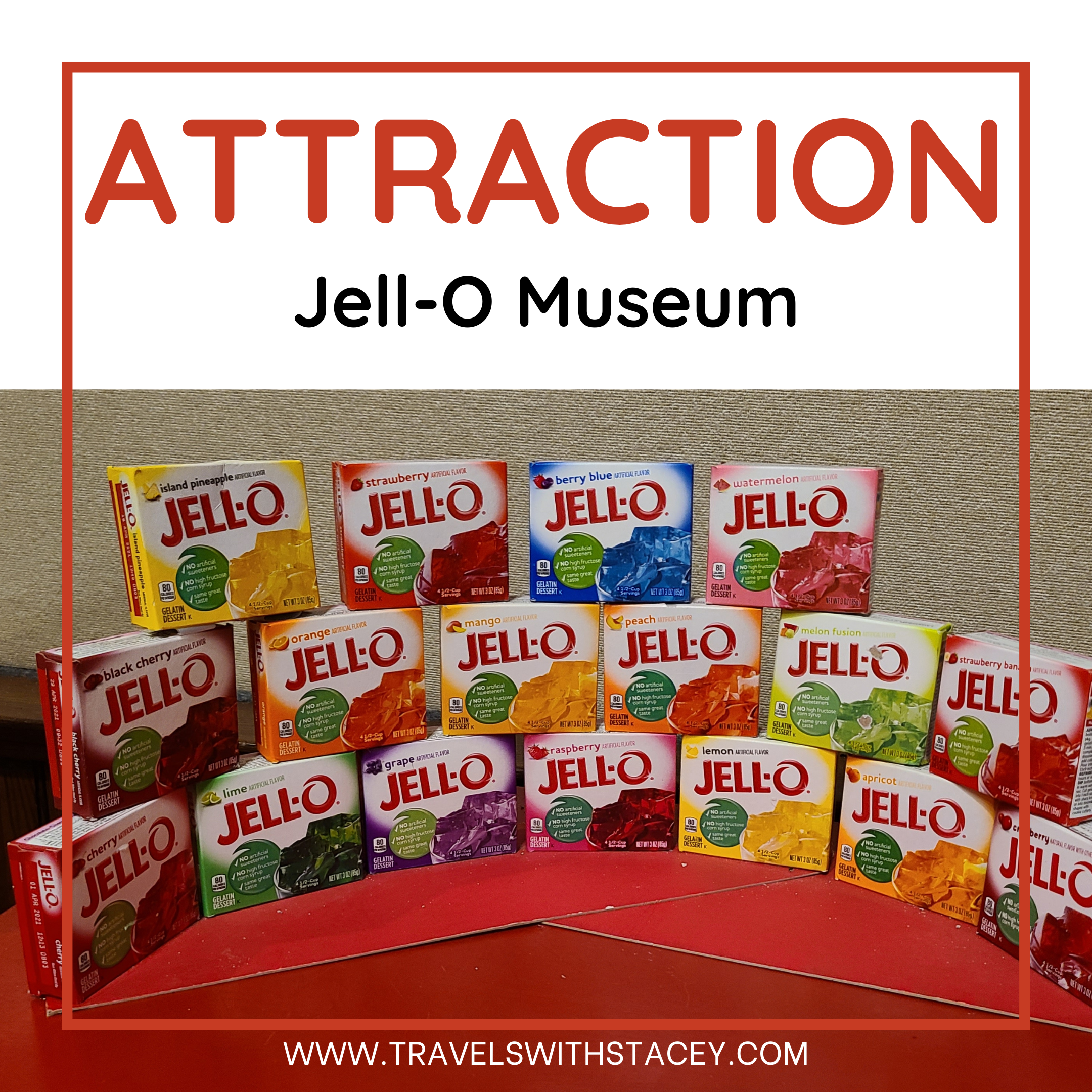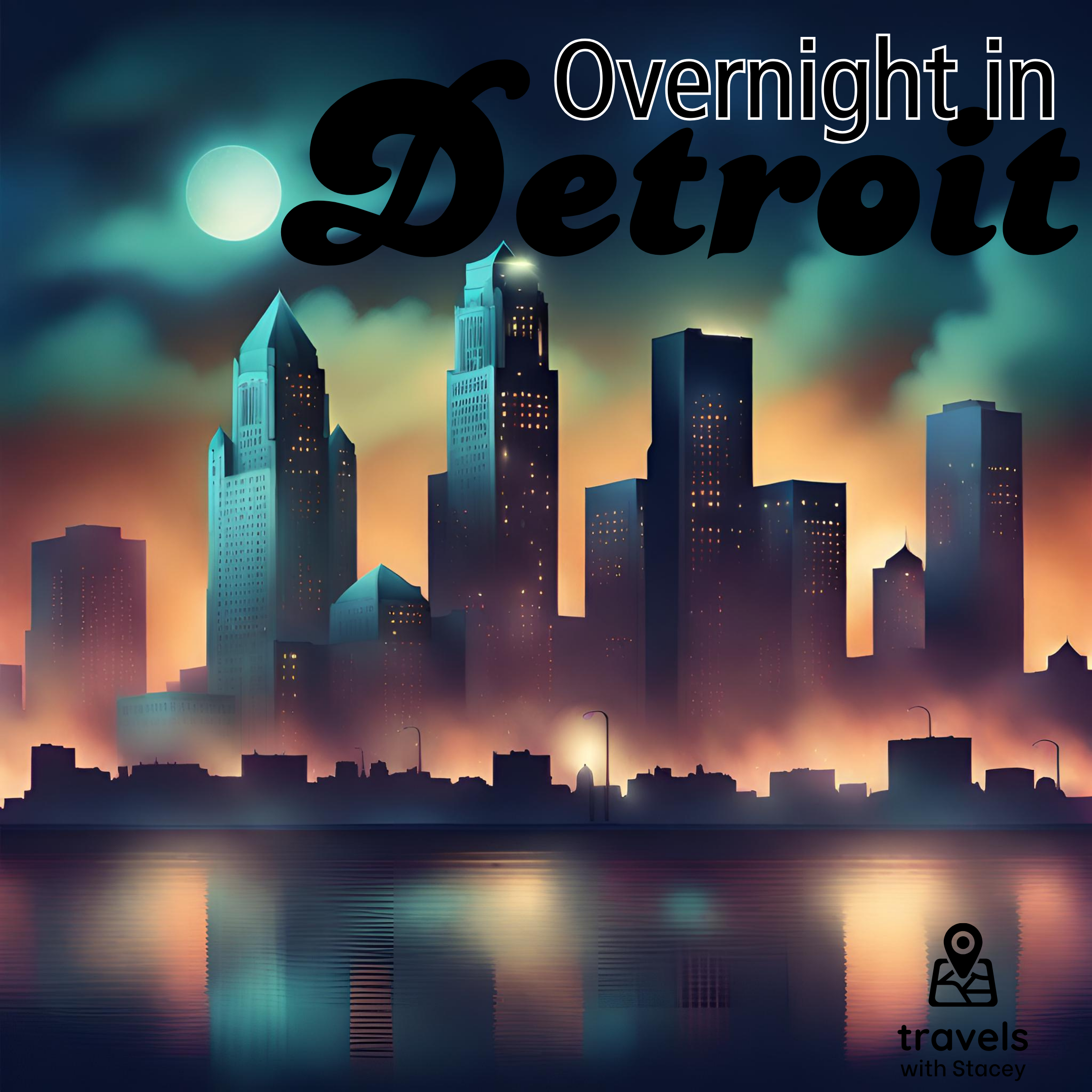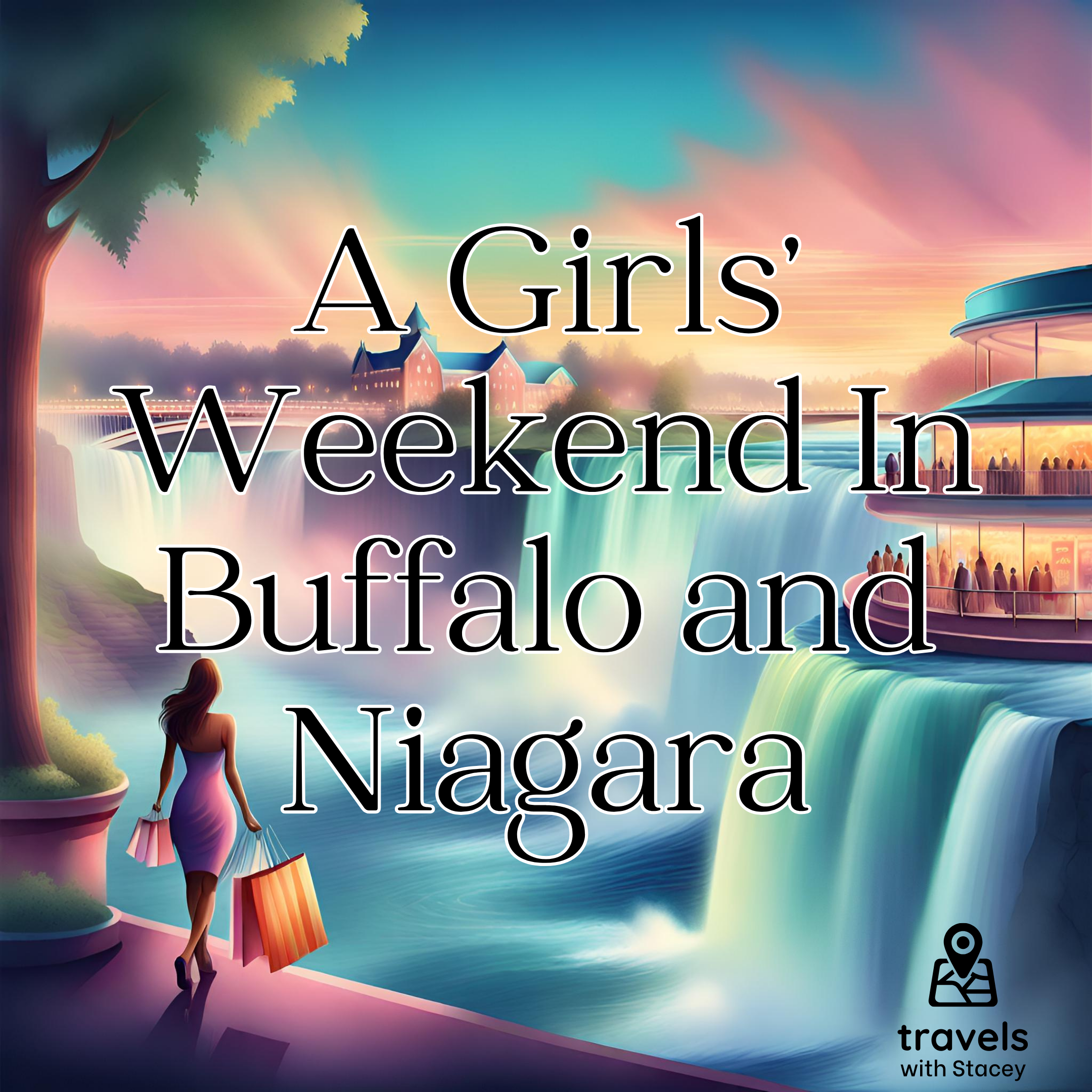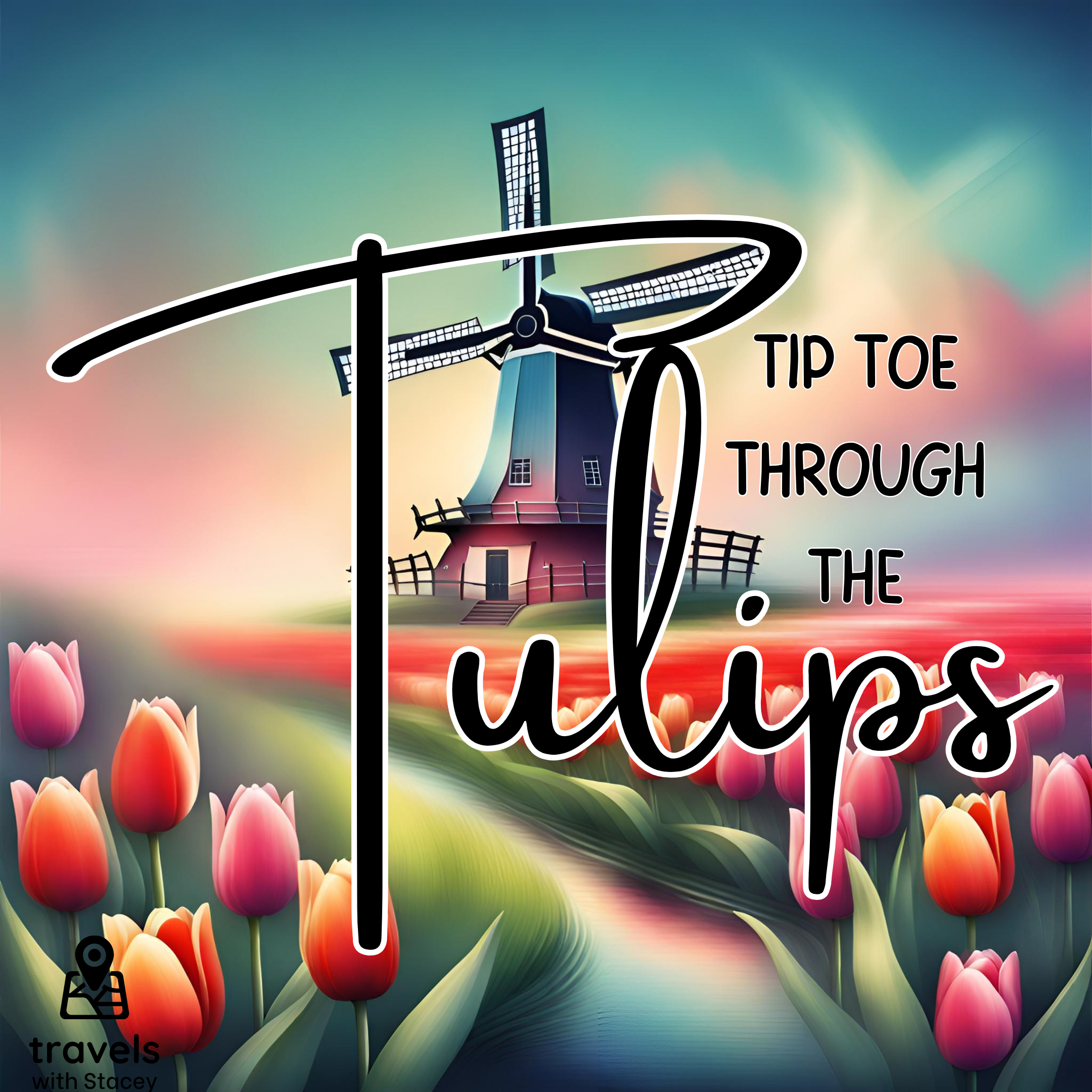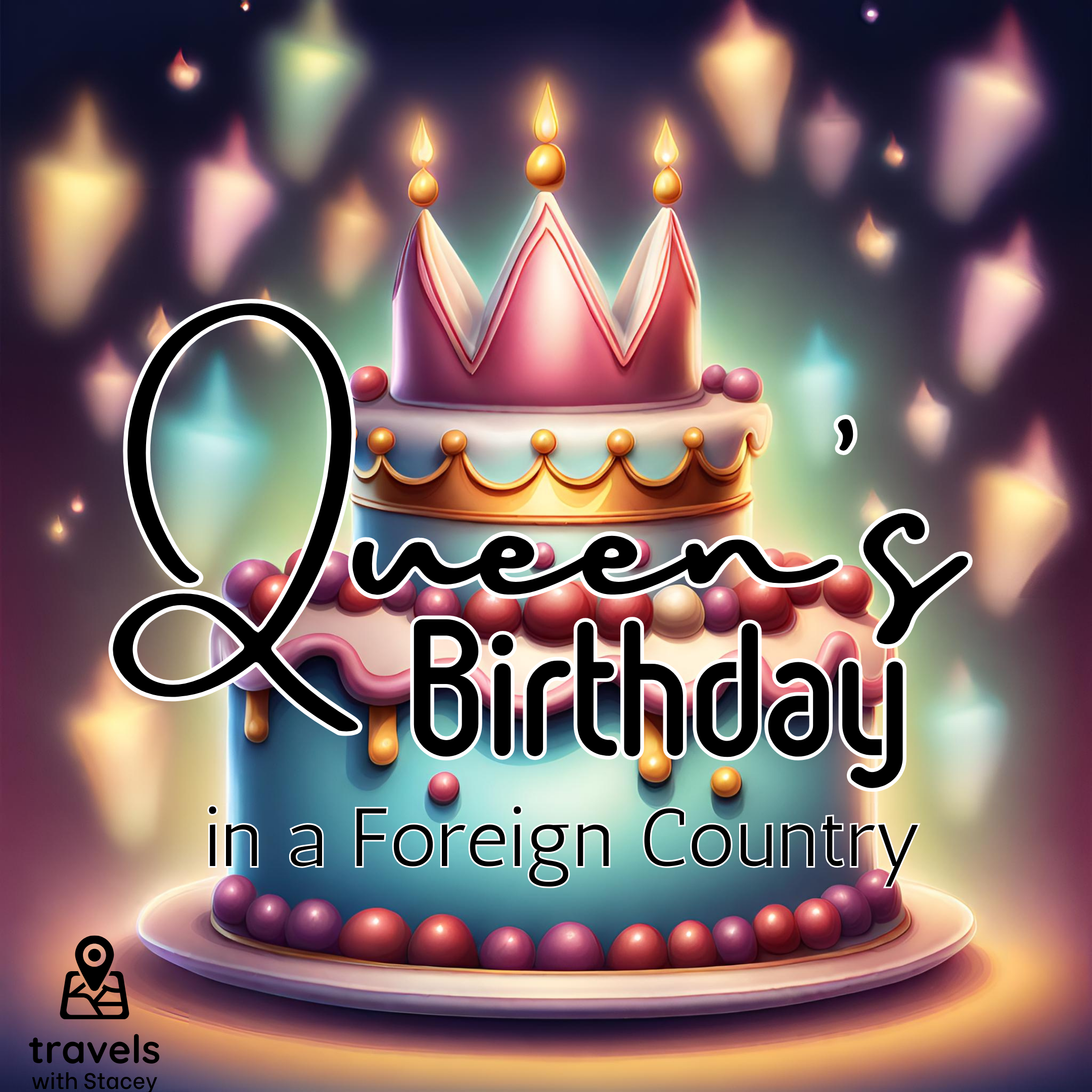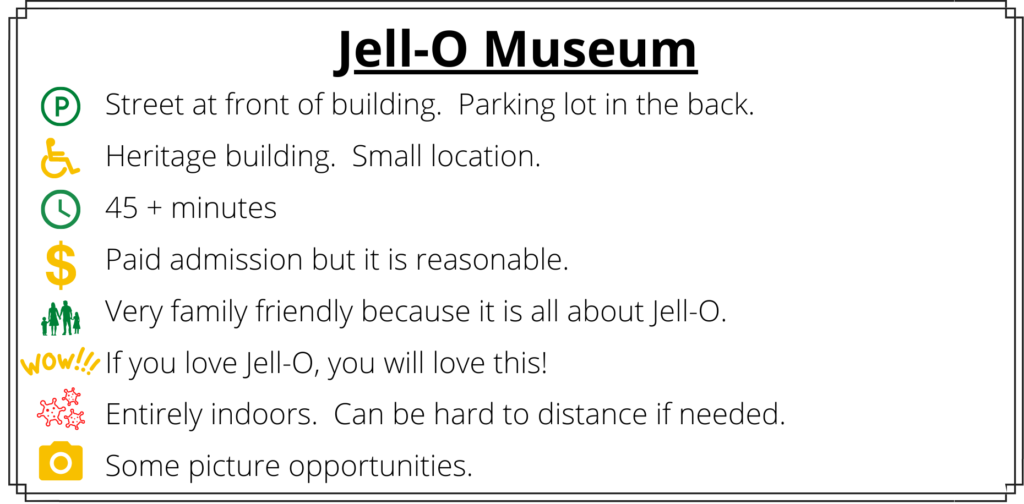
Imagine an owner of a glue factory. The problem with glue is that it is sticky and heavy. If glue is not used in time, it hardens and becomes useless. Now imagine this same glue factory owner coming up with the brilliant idea of making powdered glue. This would cut down on weight and the hassle of worrying about storage.
So our brilliant glue factory owner spent quite a bit of time, money and effort in making powdered glue, but it didn’t turn out as it was hoped.
Too bad.
Such a waste.
At this point, it would be expected that the failed powdered glue would be thrown away, right? The glue didn’t mix well, nor did it stick to anything. In the garbage, it goes.
NOPE!
He ate it.
That is right! Our brilliant glue factory owner ate some of it. How much, I am not certain but he did eat it.
I must pause here. I became really bewildered at this statement that the owner of the glue factory, which worked so hard at making a sensible product, decided to eat the glue.
Several questions came to mind when I heard that. First, what compelled him to eat the glue? Second, what is the definition of “Edible Glue?” Third, how did he know it would not kill him; people just should not eat failed industrial chemicals!
Still, he ate it, lived and then came up with another brilliant idea; get other people to eat it.

That is the story of how Jell-O was invented. Yes, Jell-O started its life as a failed powdered glue. The recipe for Jell-O changed hands a few times, and hopefully, the glue aspects are long omitted from the current recipe.
Charlene and I discovered the Jell-O museum almost by accident. We were driving on our way from Buffalo to Rochester when we came upon a brochure for it at one of our stops. I looked it up and it was in the path of our travel. Of course, I love Jell-O, and this looked like it would be fun.
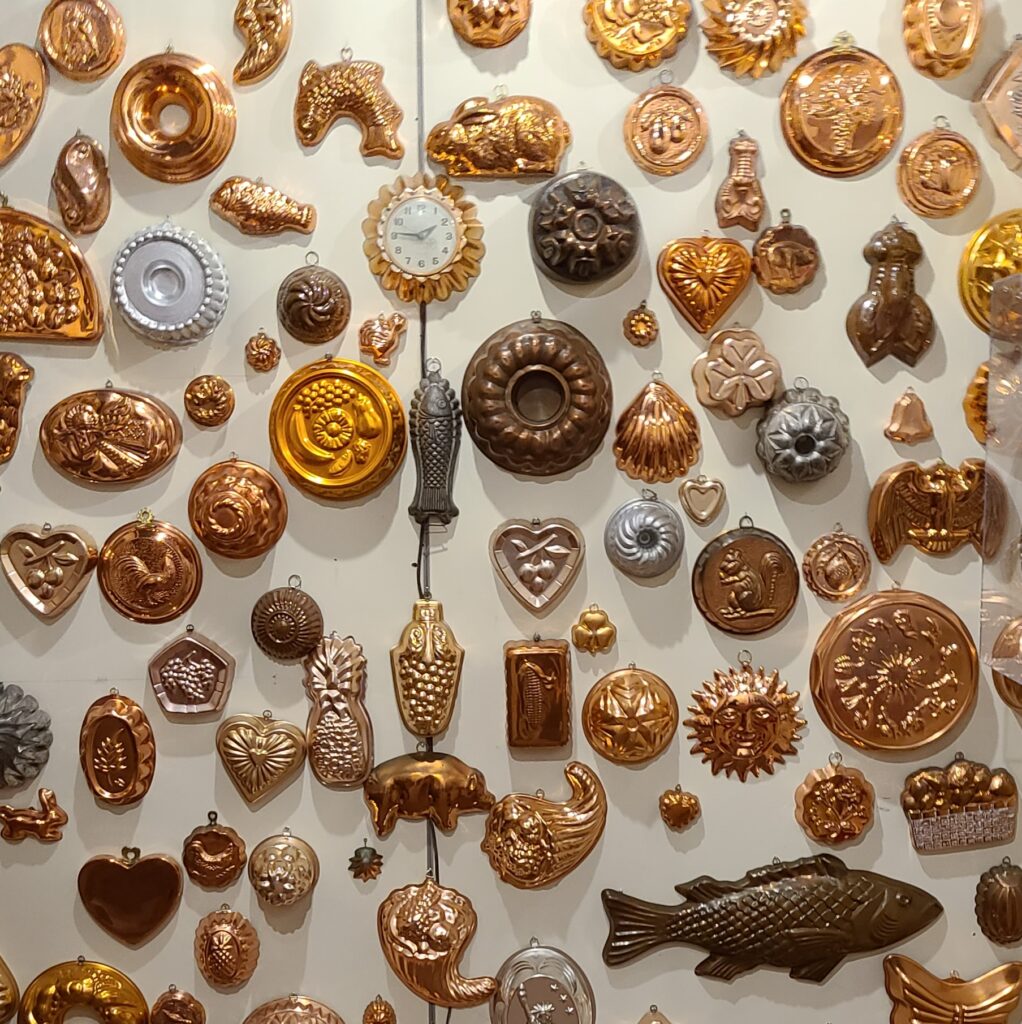
And it was. The Jell-O Museum is put together in a fun and colourful way. Learning that it was initially glue was beyond fascinating. There were several flavours of glue, ah, I mean Jell-O, that has come and gone, and there was that whole embarrassing time in the 1970s when people put anything and everything in a Jell-O mould and considered it a delicacy, like olives and ham.
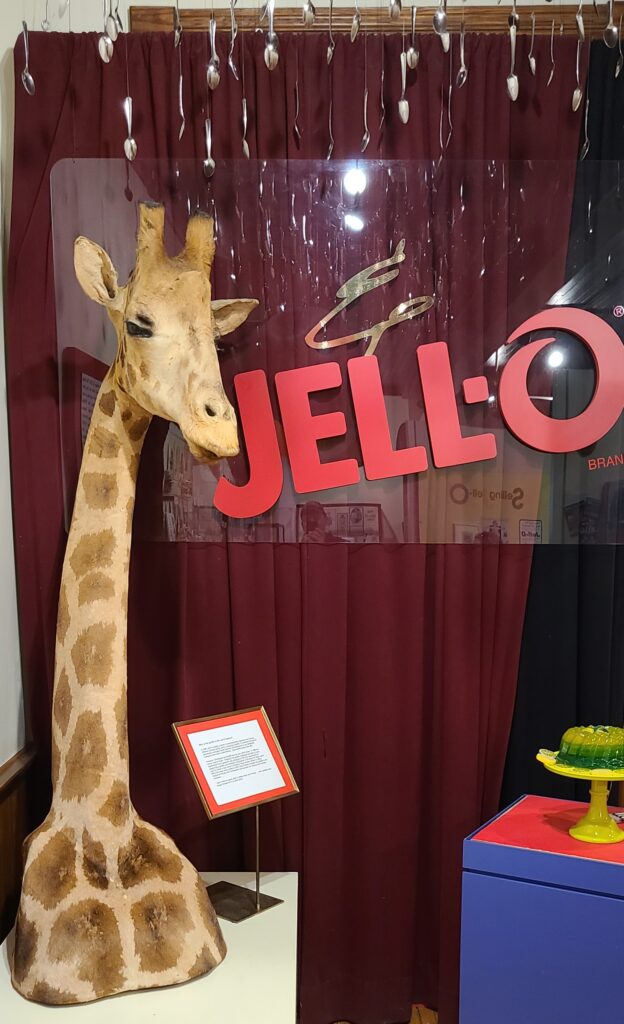
There was also the story of a giraffe that met a sad end. It is stuffed and on display in the museum—also a small Canadian section. Being Canadian, it was nice to see this little tidbit of Jell-O Canadiana.
We left the museum amazed at the history of what is now considered to be a staple dessert product. Apparently for years, it was not easy to sell Jell-O; I can only assume that it is because nobody wanted to eat glue.
Also featured in this museum is a transportation exhibit showing carriages.
We were there for about an hour. It was an hour well spent on a product that we all know and love.
We will likely return because on the property is the LeRoy House. At the time that we were there, it was not open. The home is a heritage building featuring artifacts of the various years that it was occupied as a home. It is ran by volunteers so it is best to check to see when it is open before visiting. Website and phone number for LeRoy House can be found HERE.
The Jell-O Museum is a location on my Feature Map. This map highlights all the places that I have visited and is free to download.
